Compression socks have become quite popular over the past few years and everyone from amateurs to professionals is now using them for running. However, many people are still skeptical when it comes to these trendy compression socks and their effectiveness.
In the following post, we discuss what do compression socks do for running and whether you should buy them.
Improve Blood Circulation
To better identify what compression socks do for running, it is necessary to first understand the blood circulatory system. Blood filled with oxygen is pumped by the heart to the working muscles and extremities through arteries.
Once the body cells use the nutrients and oxygen from the blood, it is time for waste products, lactic acid, and deoxygenated blood to get transferred back to the heart to restart the whole process.
Keeping clean, oxygenated blood constantly flowing to the muscles is critical for performance. When cells have more oxygen, they generally perform better.
During exercise or running, lactic acid is produced as one of the main waste products. If the body does not get rid of this waste product then it causes reduced performance and also soreness.
Leg compression is highly beneficial to your health as it increases blood circulation to the extremities.
In part because of gravity, blood tends to accumulate in the legs, especially the lower part. This occurs both when a person is at rest and when exercising. By wearing compression socks, you can help improve blood flow to your legs.
Reduce Muscle Vibration
During a run, the impact forces that you create with every stride on the ground cause the leg muscles to vibrate. It is believed that this constant vibration could possibly be one of the reasons for the long recovery times in a long run.
Based on this theory, and an overall improvement in running efficiency is therefore possible when you run while wearing a pair of high-quality compression socks.
Triple and long jumpers also wear compression socks for this reason of reducing muscle vibrations and improving their leg power.
Compression helps to stabilize the leg muscles and reduce general muscular vibration. The result is reduced muscle fatigue, which allows you to maximize the performance of your run or jumps.
Proven Effective by Elite Athletes
Elite athletes usually do lots of stuff when it comes to improving their running abilities or optimizing their performances.
Hence, looking at some of the running practices can provide some indications for what works and is worth trying out.
That is why it is very significant that most athletes are now using compression socks. They are definitely seeing great results using these socks and it is not just a passing trend.
>
Reduces Muscle Damage
For most marathon or long-distance runners, the most common benefit of using compression socks would be reduced muscle damage and soreness as compared to blood circulation improvements.
This is because longer track events are more vulnerable to performance interference due to muscle contraction or limited muscle fibers. Furthermore, muscle damage could also affect the calves and reduce elastic energy significantly.
If this kind of damage can be reduced while running, then performance and post-workout recovery can also be improved.
Nevertheless, it is important to note that while limiting muscle damage can be considered a beneficial thing, there are cases that damage is necessary.
For instance, it is through that damage that muscles can adapt and grow. So, think of compression socks like a tool or ice pack that will optimize your running.
Benefits for Injured People
If you have a leg injury you can still gain immensely from wearing compression socks. They will help you in reducing muscle fatigue and also increase the blood circulation to your extremities.
The end result is that you will be able to recover much quicker, and this means you can resume your workouts sooner and train even harder.
This is some great news for people who suffer from shin splints, Achilles tendonitis, and calf strains or cramps. While compression socks will not necessarily cure all these conditions, they will definitely help you manage them and recover easily.
The compression effect can even help to make the injury feel less painful during recovery and possibly guard against new injuries. Nevertheless, all injuries must be properly assessed to ensure the real reason is addressed.
Great for Travel
The other potential use of compression socks for running is wearing them while traveling to your race or even on regular long trips. Sitting inside a car or plan for a long time can really hinder blood circulation in your legs.
The compression provided by these socks helps your veins by ensuring deoxygenated blood does not pool around your legs. This helps prevent leg swelling during long trips and also minimizes the risk of varicose veins.
How to Wear Compression Socks
Even though there is limited research on whether compression socks really improve racing performance, it could possibly give you an edge.
This is because of the various compression benefits that include reducing lactic acid, preventing cramps and muscle soreness as well as improving recovery time.
Some runners even claim that wearing a pair of compression socks helps them during races to run for a longer time before fatiguing, resulting in faster race times.
Just get a pair of compression socks that fit well and are comfortable. A good pair should offer the tightest compression around the ankles and then get looser gradually towards the knee.
For effective recovery after a long run or intensive workout, wear the socks for about two hours after the workout. It is best to try out a pair before the
Conclusion
Compression socks have rightfully earned their place as part of any runner’s gear. They have been proven to improve blood flow in the legs and also comfortably secure your feet to prevent muscle damage.
Most importantly, compression socks help reduce soreness and ensure quick recovery even after running a long marathon.
In addition, there is also a positive psychological effect associated with using these compression socks, resulting in better physical performance and recovery.

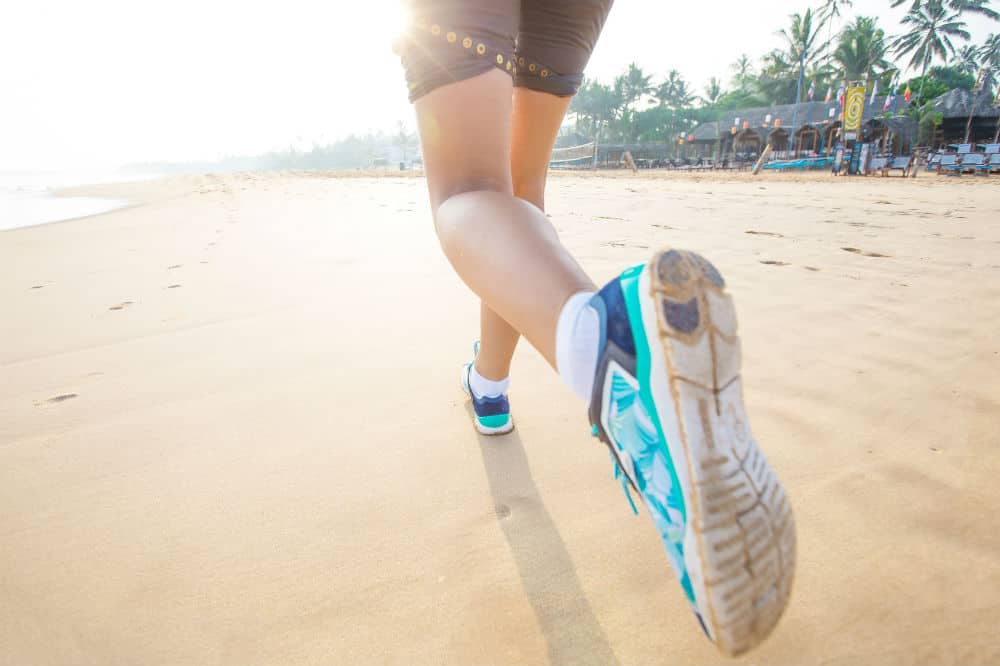
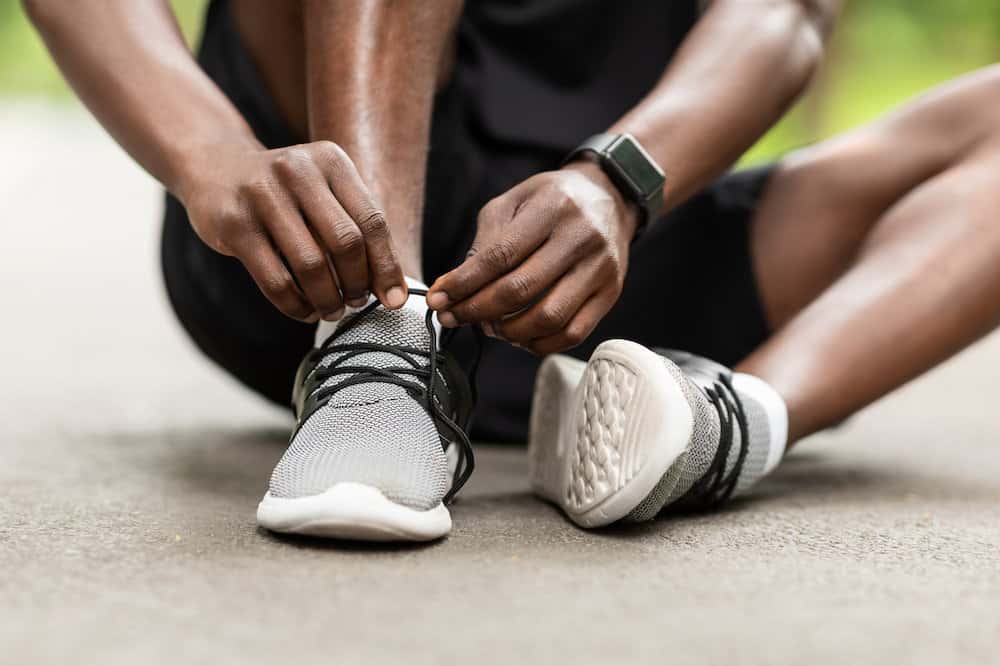
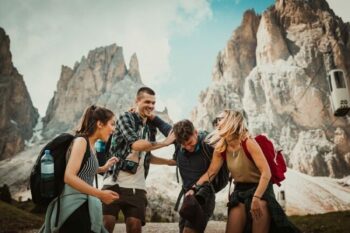
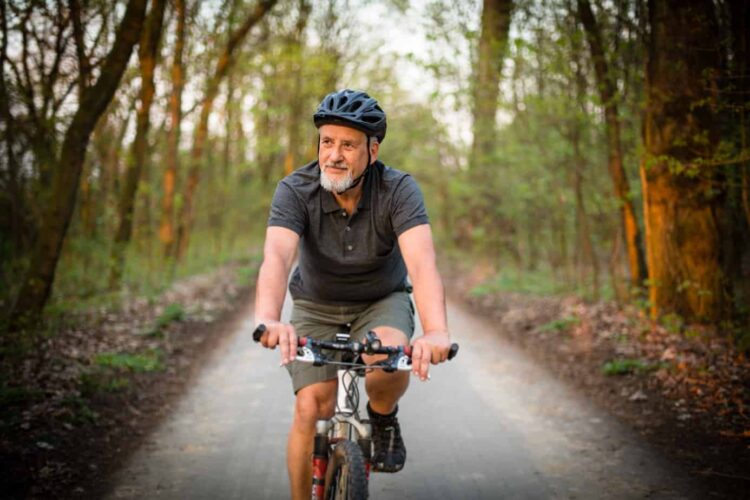
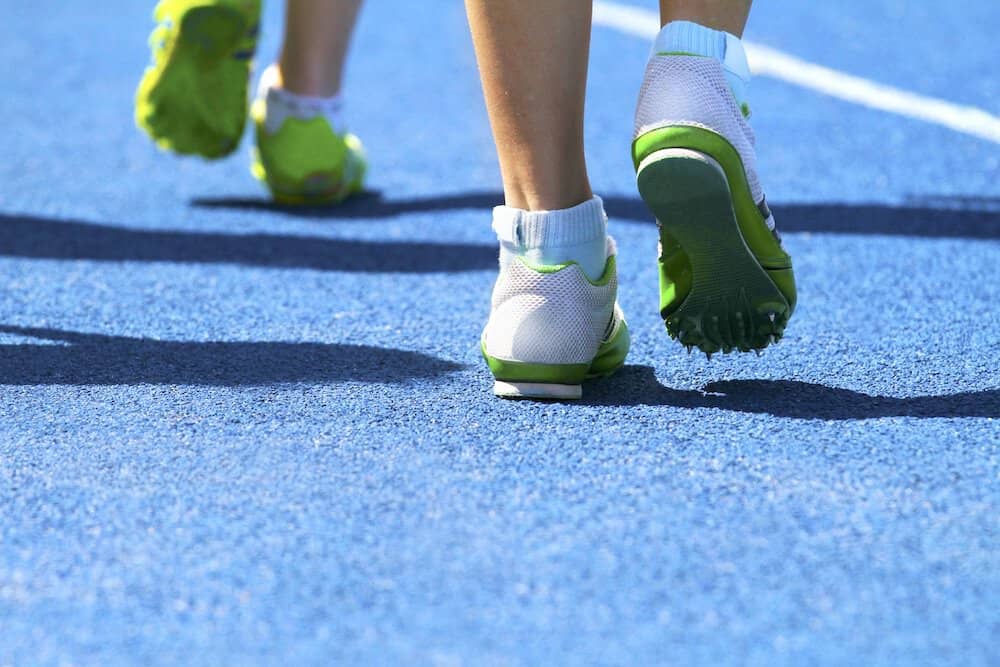
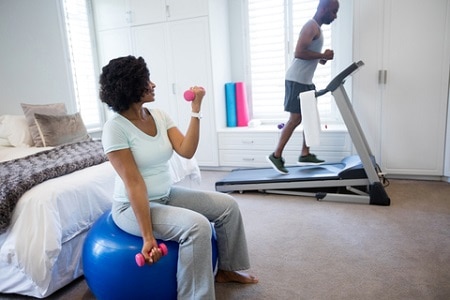
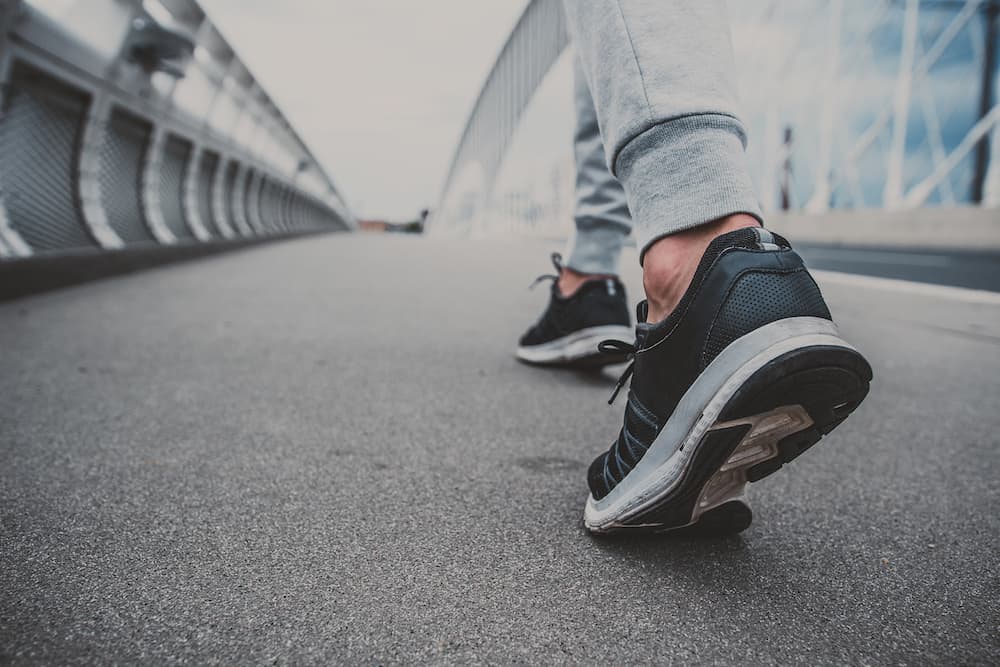






Hi there,
Thanks for posting this important information. I must be honest and say that this is my first time hearing about these compression socks for athletes.
I do a little running myself, just once a week and I would be bery keen on these.
I have sufferd from shin splints from time to time, so maybe I have stimbled upon a way to reduce the effects of this issue.
Thanks again for the great informational review.
Best wishes,
Cheers Phil Browne.
Thank you, Phil Browne, for nice words.
Yes, like other parts of running equipment’s, running socks have an important part of getting as much as possible out of your running.
It would be worth trying, because of your shin splints, to see if this item could have possible effect for you. https://sportssend.com/thirty4…
I have never considered much about what to wear for my jogs and workout. Usually I just take my track shoes and off I go, however I realized that this is really bad for your legs and body. I did not realized that compression socks provided so much benefit such as reduce muscle damage. I guess I am going to get 1 for my future workouts. Thanks!
Thank you, Leo.
Yes, socks are important for improving blood flow in the legs which helps the muscles so much to be in great shape. More and more sports players have special socks because of that and that it’s a good signal for us others to see which development is. We need to think a lot of the muscles because it made everything easier.
Loved this article. I did not know much about compression socks until now. I do a lot of hiking so this might be something I will have to look into for my trips. I also loved that you explored the options for people that are not runners, but rather travelers and people with injuries. Great article!
Thank you, Austin.
Leg compression is highly beneficial to your hiking as well as running. Keep it as best as possible for your blood circulation are crucial for your training, and not at least if you are injured. So the conclusion is always the same, you need to think about all parts to get maximal out of your training/hiking.